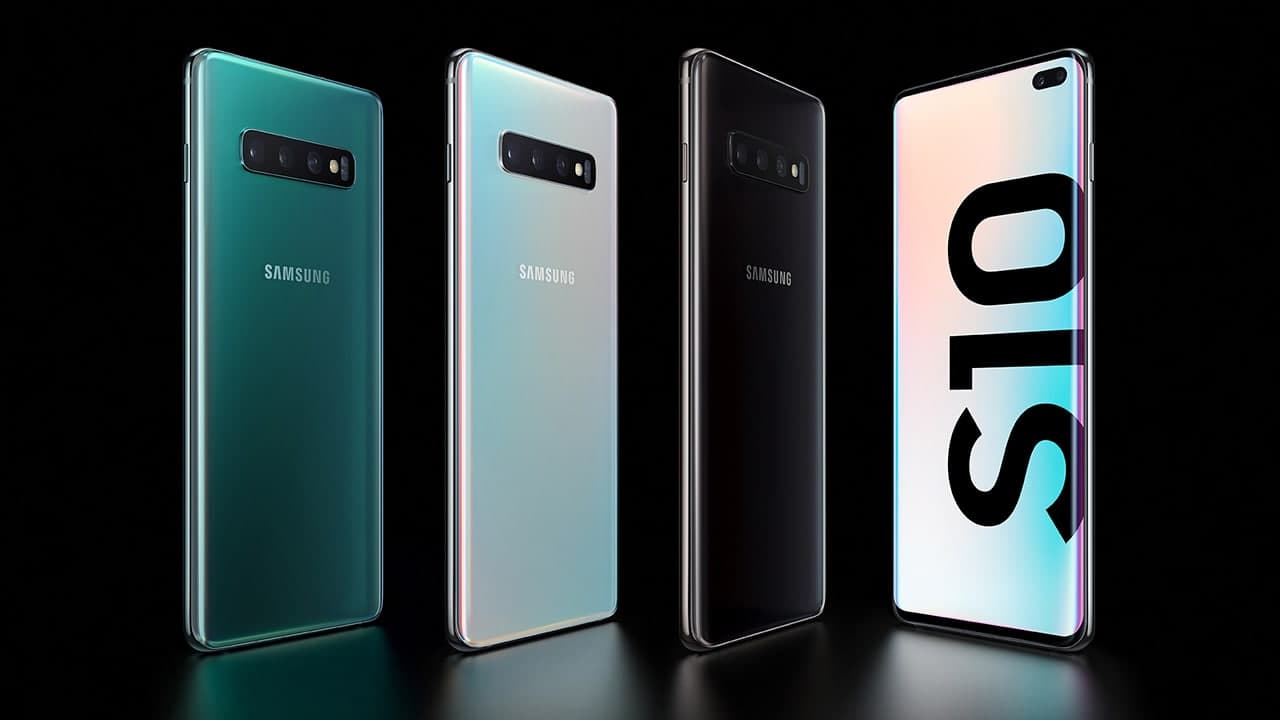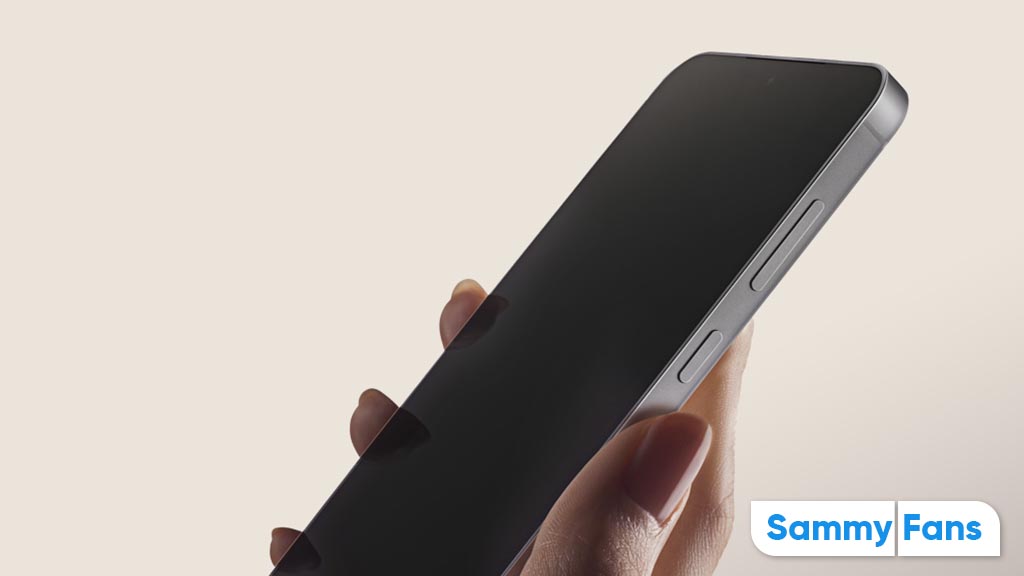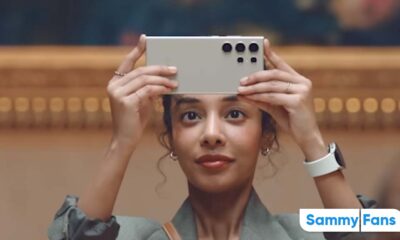Tips and Tricks
Samsung Galaxy S10 Object Eraser: How to download, enable and use

The Galaxy S10 is a popular flagship smartphones lineup offering from Samsung. The Galaxy S10 series ships with Android 9 out of the box, and currently running the latest Android 12-based One UI 4.0 software system.
With the One UI’s every new version, the company brings major system optimizations as well as several new features. Debuted along with the Galaxy S21 series, the One UI 3.1 also included several new and user-friendly functions.
Join SammyFans on Telegram

Named as Object Eraser, this tool comes with the One UI 3.1 update for the Galaxy S10 series. Using it, you can easily remove an unwanted thing, character, or object from the image you have captured using the Camera application.
Last year, Samsung delivered the One UI 3.1 update to the Galaxy S10 series devices, but it didn’t bring the Object Eraser tool. Meanwhile, the company has finally added the anticipated feature, thanks to the latest Photo Editor app update.
Also check: Samsung Galaxy S10 Object Eraser [Download/Guide]
After updating the Photo Editor app to version 3.0.21.27, you can find out the newly added Object Eraser tool in the stock Gallery app. You just have to enable it through the Labs section, then choose the pencil tool to start editing. After selecting an object, it will be highlighted and you can easily remove it.
Steps to use Object Eraser
- Go to the Gallery and select the photo you want to edit.
- Now, choose the pencil tool to start editing it.
- After that, Scroll to the far right to look for the new icon next to Text.
- Tap on it and then select the object you want to remove.
- After removing, click the check button and you are done!

How to use Object Eraser?
- If the Object Eraser is enabled, return to the image with the object you want to remove.
- Scroll to the right of the toolbar at the bottom of the screen and tap the New Object Eraser icon.
- Tap the object you want to delete. The object is highlighted in purple. You can press to highlight multiple objects at once.
- Press Erase to remove each highlighted object from the image.
Samsung
One UI 6.1: How to activate Auto Blocker feature on Samsung devices

In today’s era, ensuring our online activities remain secure is very important. For that, Samsung has a powerful feature called Auto Blocker, which enhances user privacy and protects devices from cyber threats effectively. You can easily activate the Auto Blocker feature on your Samsung One UI 6.1 devices.
Auto Blocker feature is mainly valuable for safeguarding against malware and viruses that often infiltrate your device via applications outside the official platform such as the Google Play Store and Samsung Galaxy Store.
It prevents devices from downloading applications without user confirmation from suspicious sources. Users can enjoy a safer browsing experience with minimized exposure to potential threats.
Moreover, the feature also blocks unauthorized commands attempting to access the device through the USB port. This feature is especially useful when connecting devices to transfer files.
You can easily activate Auto Blocker on your One UI 6.1 Samsung device, just need to follow a few steps:
- Navigate to the Settings app on your smartphone.
- Scroll down and select Security and Privacy from the list of options
- Find the Auto Blocker menu. From there, toggle the feature on to enable its protective functionalities.

Users can also customize settings further, such as activating the Messaging app protection option or blocking software updates via USB, depending on their security preferences.
By enabling Auto Blocker, users significantly reduce the risk of malware and viruses infiltrating their devices through untrusted sources. This feature not only safeguards your personal data but also enhances the overall security of your Samsung device.
One UI 6.1
One UI 6.1: How to use Maintenance Mode on your Samsung device

Samsung has updated several Galaxy devices to One UI 6.1, with plans to extend this update to all eligible devices soon. This latest update not only enhances the overall performance but significantly boosts the device’s security. If you want your Samsung One UI 6.1 device to remain safe even during servicing, you can use the Maintenance Mode.
Maintenance Mode is an innovative feature that safeguards users’ personal data during device repair. As smartphones store increasingly sensitive information, it is important to protect this data when giving the device for repairs.
This mode allows service technicians to access the necessary functions of the phone without exposing any personal information. It enhances the privacy and security of Galaxy devices.
The feature also ensures that applications installed by the user are not removed. Any data or accounts created while in Maintenance Mode will be automatically deleted once the mode is turned off.
To activate Maintenance Mode on your Samsung One UI 6.1 devices, follow these steps:
- Go to Settings on your device.
- Select Device Care.
- Choose Maintenance Mode.
- In the menu, select the Secure Wi-Fi option.
- Click on Turn On to enable the feature.
- Restart the device as instructed to secure your personal data.

You’ll need to unlock your phone to turn off Maintenance mode. When you do, everything will go back to the way it was when Maintenance mode was first turned on.
One UI 6.1
One UI 6.1: How to turn on App Protection feature on Samsung devices

In an age where digital security is more important than ever, Samsung keeps Galaxy devices secure with its App Protection feature. Let’s see how you can enable the App Protection feature on your One UI 6.1 device and keep your Samsung smartphone more secure.
Samsung’s App Protection Feature scans your device to save it from the unseen dangers of malware and viruses. It works seamlessly in the background, automatically scanning all applications and files on your device.
If a security issue is noticed, you can uninstall or stop the download process of the related application to avoid data theft.
Here’s how to activate the App Protection feature
You can activate the App Protection feature on your One UI 6.1 device with just a few taps.
- Open Settings and select Device Care.
- Turn on App Protection within the Device Care menu.
- After enabling, the device will start scanning.
- For additional settings, tap the More icon and go to Settings.
- Enable options such as Auto-scan apps daily and Auto-scan when installing apps.
- By enabling Auto Blocker, App Protection will also be activated.
By following these steps, you can set up your Galaxy smartphone to automatically monitor and protect your device. This feature simplifies the process of maintaining your digital safety, allowing you to focus on your day-to-day activities without worry.

Stay up-to-date on Samsung Galaxy, One UI & Tech Stuffs by following Sammy Fans on X/Twitter. You can also discover the latest news, polls, reviews, and new features for Samsung & Google Apps, Galaxy Phones, and the One UI/Android operating system.
Do you like this post? Kindly, let us know on X/Twitter: we love hearing your feedback! If you prefer using other social platforms besides X, follow/join us on Google News, Facebook, and Telegram.












